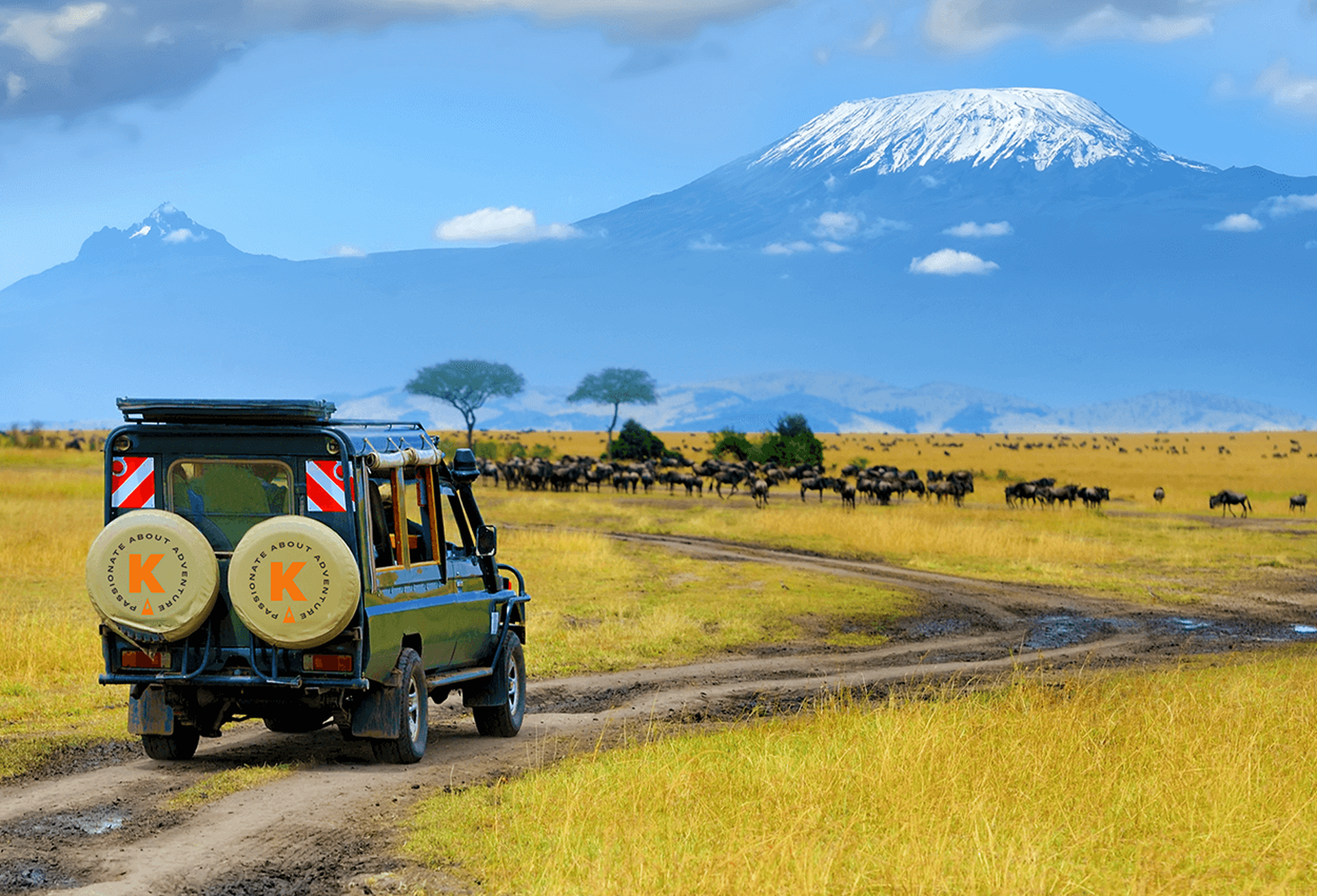The Big 5
Among Tanzania’s wildlife, the Big 5 – which is lions,
leopards, elephants, rhinos and buffaloes – define the ultimate African safari experience.
You might wonder however, why those specific animals are part of the Big 5? Is
a giraffe not large as well?
In this blog, we’ll explore our most frequently asked
questions about Tanzania safaris including why these African safari
animals are called the Big 5, where they can be found in Tanzania and the best
time to spot them, as well as providing insight to the other popular animals
you can see on an African safari in Tanzania with Kandoo Adventures.
What are the Big 5 animals?
- Lion
- Leopard
- Elephant
- Rhino
- Buffalo
Lion
The female lions are the hunters of the pride – usually on
the prowl at night, in the afternoon or early morning. Their prey includes wildebeest,
zebra, giraffe, buffalo – and even young elephants. You can usually spot lions
hanging around in open plains, where their ‘victims’ often congregate thanks to
plenty of grazing and permanent water sources in these areas.
Tanzania is home to the largest population of lions in
Africa, with approximately 14,000, according to recent estimates. In
comparison, South Africa and Botswana each have about 3,000 lions, while Kenya
and Zambia have populations of around 2,500. If you want to choose a travel to
a destination where you can watch lions in their natural habitat, you should
look for safaris in Tanzania.
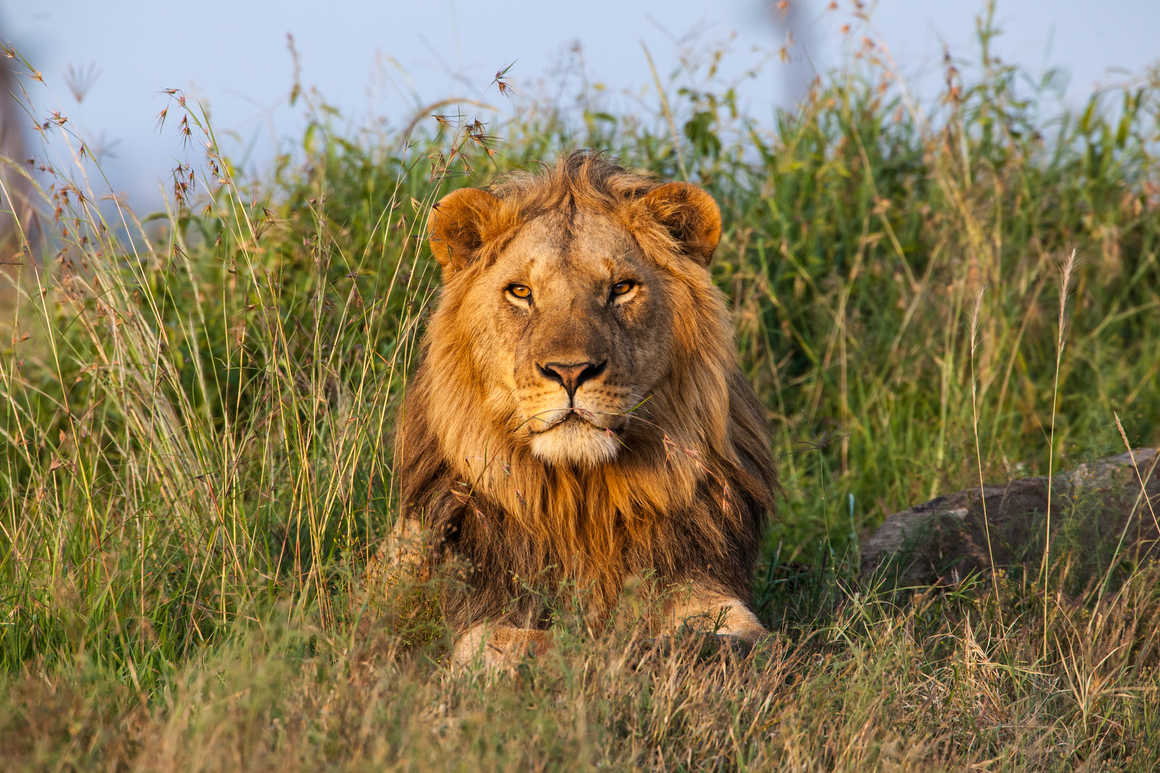
Leopard
These big cats tend to favour rocky landscapes with dense
bush and riverine forests, but they have also shown to be highly adaptable to
many places in both warm and cold climates. They occur in a wide range of
habitats; from deserts and semi-desert regions of southern Africa to arid
regions of north Africa, to savanna grasslands of east and southern Africa, to
mountainous environments on Mt. Kenya, to the rainforests of west and central
Africa. In the Serengeti National Park, you will most likely spot a leopard
resting on a tree branch. So don’t forget to look up!
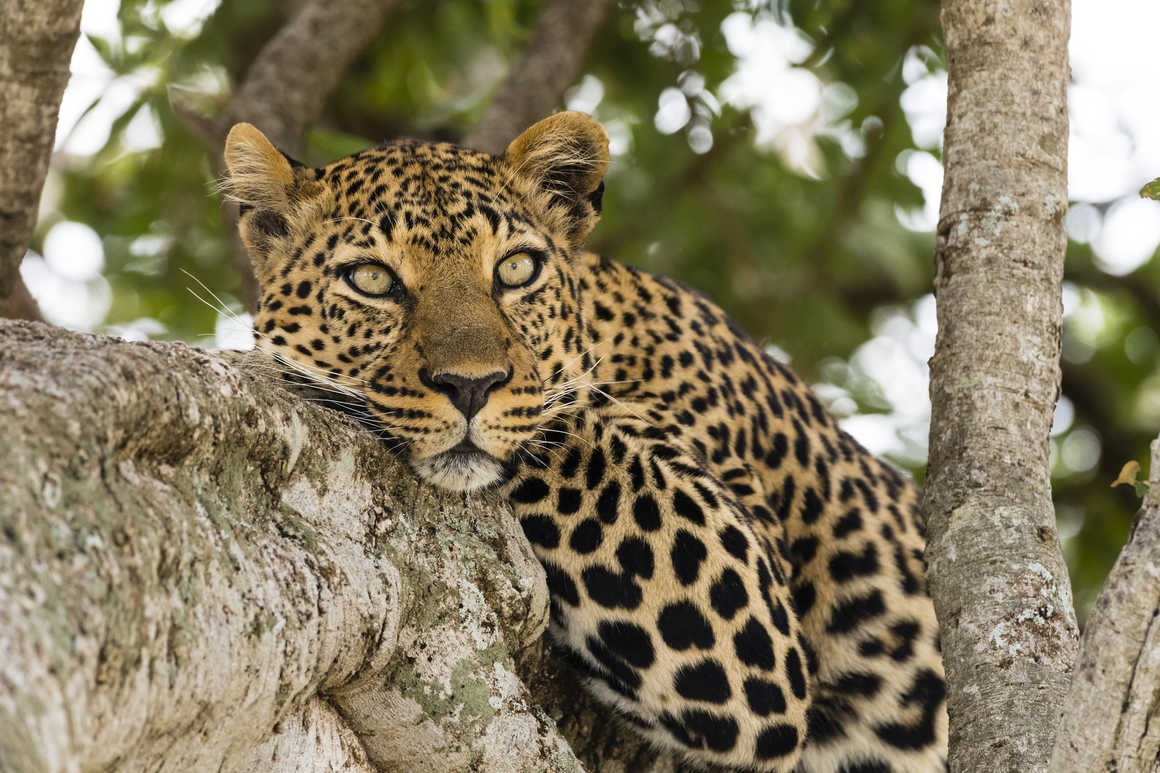
Elephant
Female elephants live together in family herds of anything
up to 25 related females. The matriarch female of the herd is the mother,
normally identifiable as being the largest elephant, and the rest of the herd
will consist of her grown offspring and their offspring too. The matriarch
dictates where the herd moves to, and what they do, whether it be feeding,
bathing or sleeping. Male elephants are either solitary or live together in
small bachelor herds and will only join the females to mate.
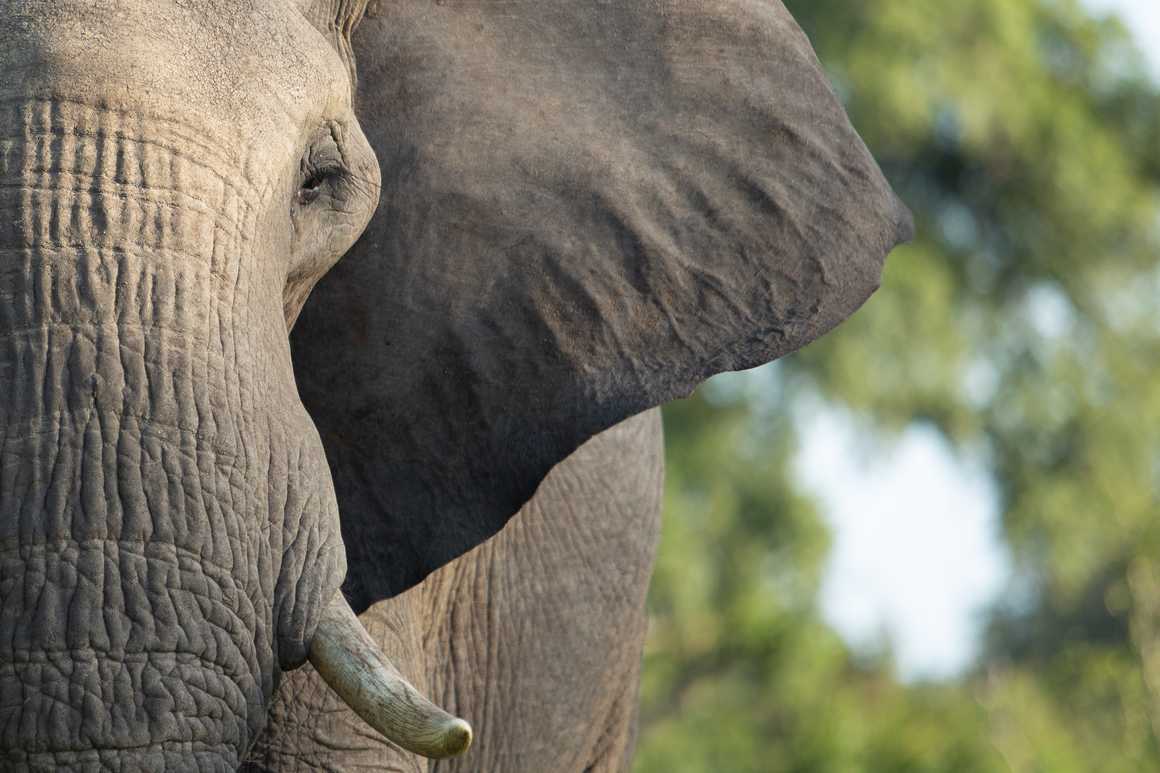
Rhino
More than 70% of Africa’s rhinos are southern white rhinos,
yet they are classified as “near threatened” on the IUCN’s Red List of
Threatened Species. Currently, northern white rhinos are on the brink of
extinction and black rhinos remain a critically endangered species. However,
thanks to intensive conservation efforts, their numbers in Africa are on the
rise and one of the last remaining places to see black rhino in the wild is the
Serengeti or Ngorongoro crater.
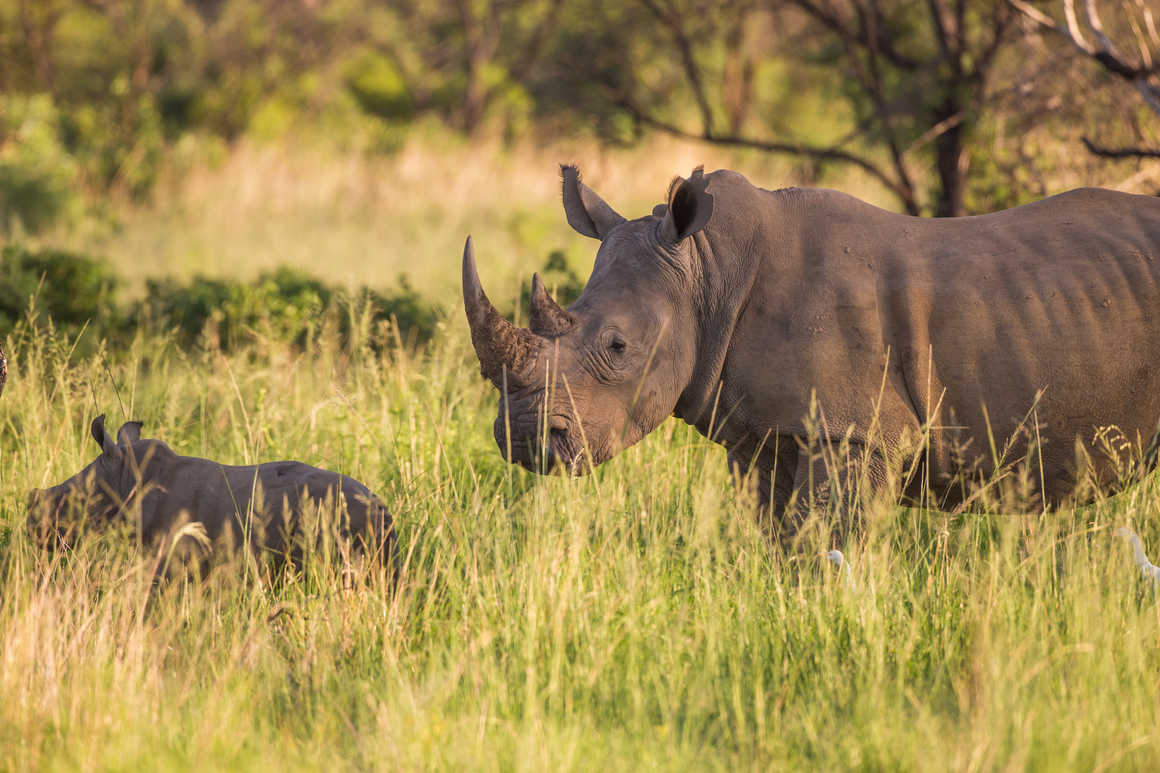
Buffalo
According to the African Wildlife Foundation, there are 4
buffalo species in Africa – savannah buffalo, west African savannah buffalo and
forest buffalo – and 75% of their total population now lives in protected
areas. Despite their population in Africa is estimated to amount to 400,000,
their numbers are decreasing.
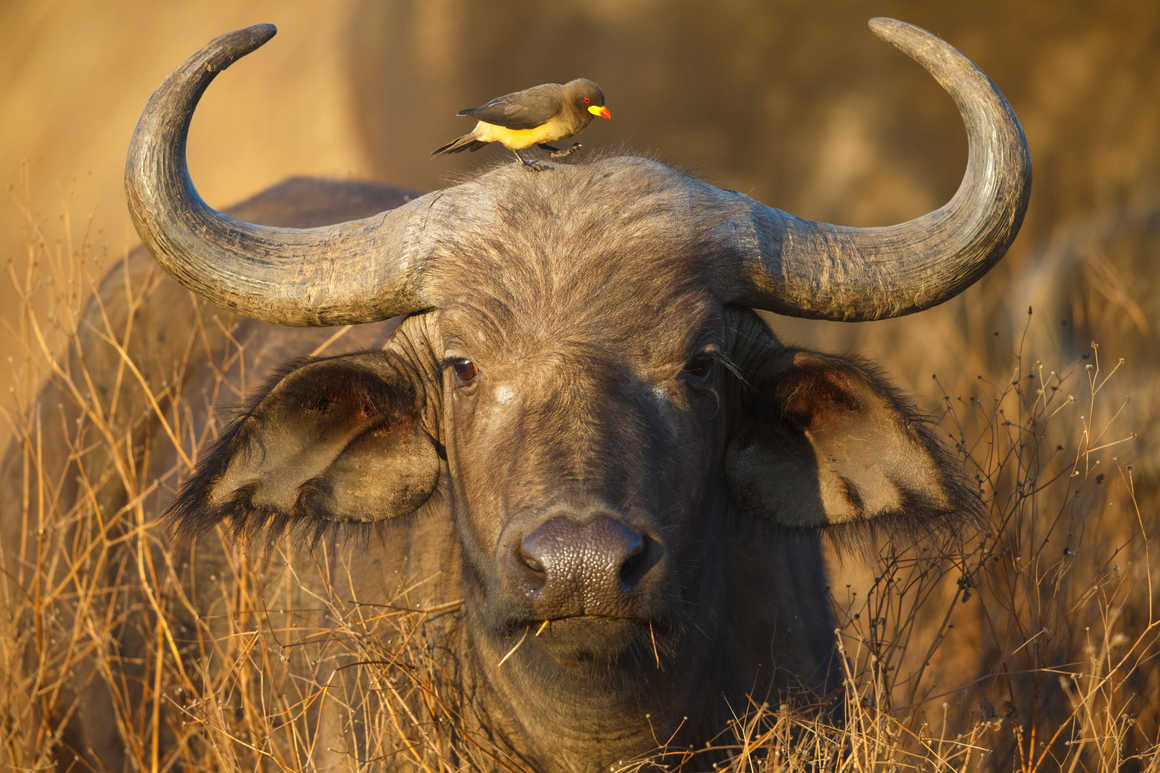
Why are they called the Big 5?
Today, however, the expression takes on a gentler form,
referring to seeing the Big 5 – not hunting them – during wildlife safaris on
the continent of Africa. It is a term that is extensively used in conjunction
with African safaris, often used in safari promotions. It is worth noting that
while the Big 5 are an impressive spectacle to see, there’s far more things
to see and do on safari in Tazania and seeing all 5 in one go is not always
possible.
Where are the Big 5 found?
What are the best Tanzania safari destinations to spot the Big 5 animals?
Located in northern Tanzania, the Serengeti National Park UNESCO
World Heritage Site is one of the most popular Tanzania safari destinations
because it offers an unrivalled chance of spotting the Big 5 in the wild. With
a thriving predator population and varied birdlife, there's always something to
see here, often around the rivers and watering holes where the animals gather
to quench their thirst.
Although the Serengeti is home to the Big 5, it’s also known
for being home to the great wildebeest migration. This grand annual spectacle is
when vast numbers of wildebeest, accompanied by large numbers of zebra and
gazelle, seek fresh grazing and better-quality water. The Serengeti sets the stage
for the drama to unfold as they navigate diverse terrain and dodge predators
along the way.
Although it’s wild out there, the reserve is home to
ultra-luxurious lodges, designed to give you the best seat in the house to
admire the Serengeti’s show. What’s more, if you’re visiting the Serengeti when
the huge herds of wildebeest are in the south of the Serengeti, a balloon
safari is a real once in a lifetime experience and you will have a
birds-eye view of the great migration.
The Ngorongoro Crater UNESCO World Heritage Site is one of
the most awesome places to visit in Tanzania and one of the best places to view
the Big 5. Located in the Ngorongoro Conservation Area in the northernmost part
of Tanzania, it was formed by a volcanic explosion nearly 3 million years ago,
and it is the largest intact volcano caldera in the world, stretching 16-19km
in width.
Due to the enclosed nature of the crater, the space is a
living and breathing mini ecosystem with dense forest and grassy plains where
the animals converge in great numbers. It is also one of the best places to
view lions, leopards, elephants, rhinos and buffalos in all of Africa. The
resident population of black rhinos is also a very big attraction, as rhinos
are more difficult to spot elsewhere.
Here, your days on safari are spent enjoying crater floor
game drives and picnics overlooking waterholes that attract over 500 rainbow
bird species. If you’re short on time, there’s no better place in Tanzania for
guaranteed animal sightings and for this reason, any Tanzania safari should
ideally include a visit here.

When is the best time to see the Big 5?
Overall, the best time to embark on a Tanzania safari to see
the Big 5 is during the country’s long dry season which falls between the months
of July and October. These are considered the best months for spotting the
elusive Big 5, seeing the famous great migration in the Serengeti National
Park, trekking Mount Kilimanjaro and enjoying the tropical beaches
of Zanzibar Island.
If you aren’t fixed on seeing the great migration at its
peak, there are other times to visit that may suit you better. January to March
is calving season, offering a great opportunity to see young wildebeest, zebras
and antelopes as well as lion cubs and even elephant calves. Tanzania’s ‘green
season’ between November and March is a fantastic time for birdwatching, as migratory
species arrive in their thousands. There will be fewer visitors during this
time, along with lower prices, although there may be some rainfall.
The ‘long rain’ season from March to May is the least
popular time to take a Tanzania safari, as heavy rains can disrupt wildlife
viewing. However, if you’re looking for the best safari deals, this is the time
of year you can pick them up!
Other popular animals to see on safari in Tanzania
Aside from lions and leopards, other cats in Tanzania include
the serval, caracal, and in Ngorongoro, the elusive golden cat. Other
carnivores include several species of jackal, cheetah, honey badger, rock
hyrax, the rare bat-eared fox, spotted and striped hyena, and the remaining
population of Africa’s wild dogs, which can be found in Ruaha National Park.
On safari, expect to see roan antelope, wildebeest, sable,
mongoose, impala, kudu, topis, kongonis, hartebeest, eland, bushbuck, the
spiral horned bovines, oryx, Kirk’s dik-dik, and giraffe. Interestingly, the
only place the giraffe cannot be found is in Ngorongoro Crater, it is thought
that they cannot get up the steep sides.
There are over 1,000 species of bird in Tanzania, some of
which are endemic to the country, including the Udzungwa forest partridge,
Pemba green pigeon, the Usambara weaver, and the Udzungwa eagle owl. Ostrich,
avocets, bitterns, shags, herons, ibises, jacanas, kingfishers, plovers,
sandpipers, snipes can also all be found in Tanzania. There are numerous
raptors too, such as babblers, bee-eaters, bulbuls, canaries, crows,
francolins, falcons.
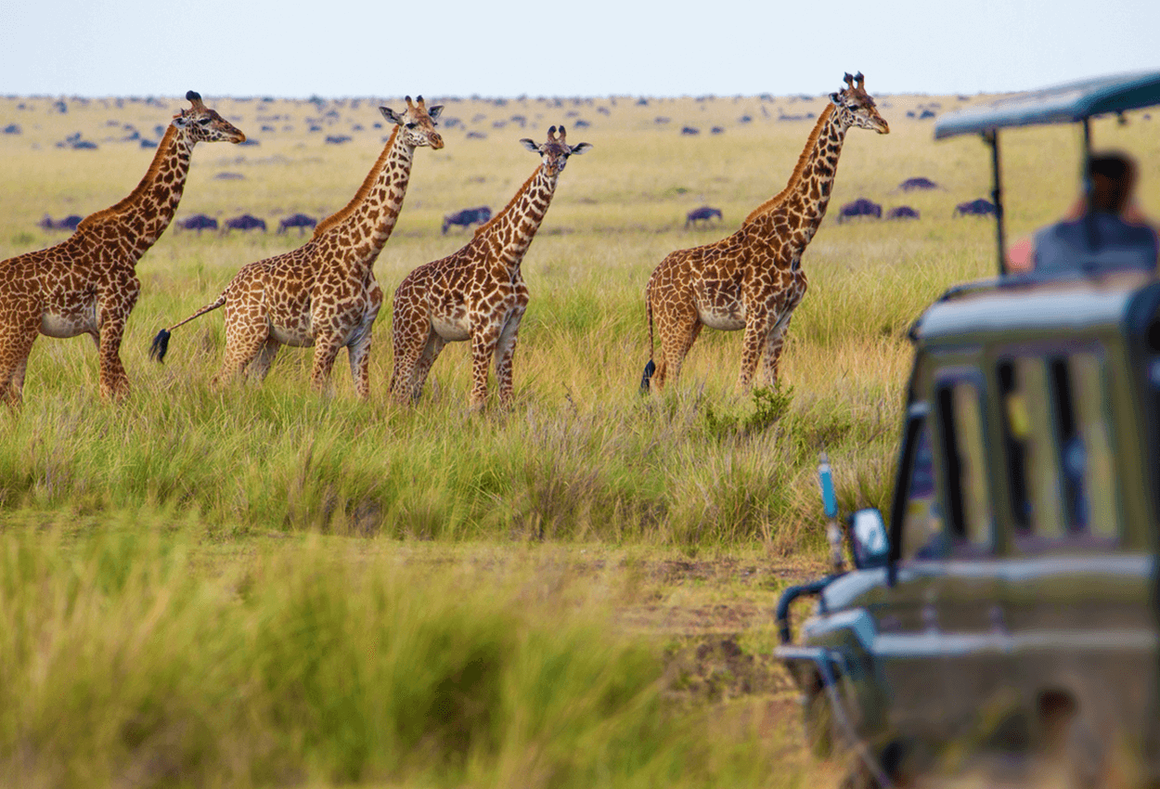
Safari holidays in Tanzania
The shorter safari trips we offer visit the beautiful
Tarangire National Park and UNESCO World Heritage Site Ngorongoro Crater which
are closer to Arusha and Kilimanjaro. Longer wildlife expeditions journey
further afield to the iconic Serengeti National Park in addition to the
Tarangire and Ngorongoro Conservation Area. Regardless of how much time you
have available, a Kandoo Tanzania safari promises unrivalled opportunities to
spot big game, experience the endless African savannahs and the discovery of the
unique wildlife and landscapes that Africa is most famous for. It is a great
add on after your Kilimanjaro trek to rest your legs and enjoy luxury tented
camps and the hospitality of the locals.
If you still have any questions about Tanzania safari
holidays, don’t hesitate to get in touch with the helpful team at Kandoo
Adventures HQ.










